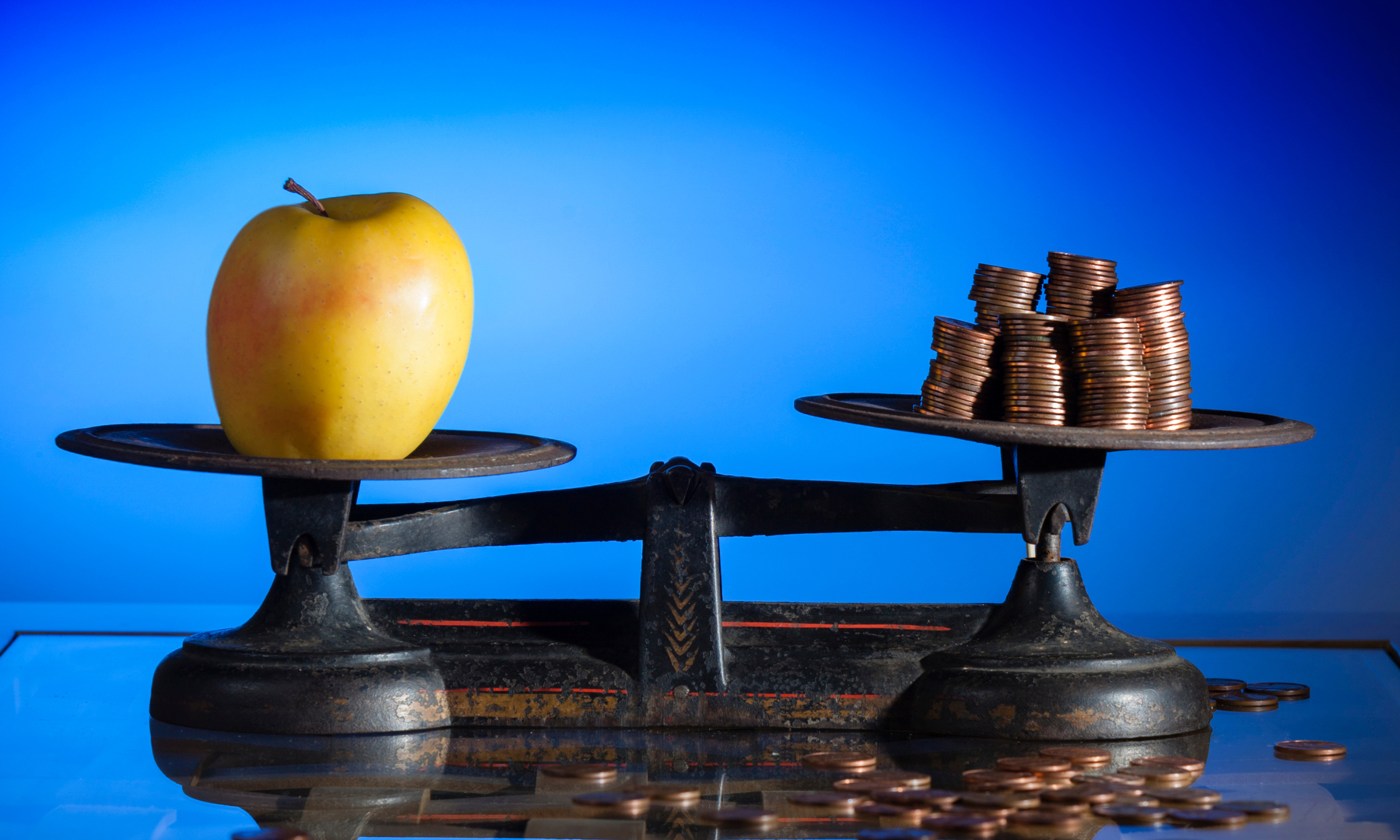Even the economic survey this time ahead of the Budget has called for the RBI to stop looking at food inflation while deciding interest rates. But doing so runs the risk of reducing inflation numbers to mere statistics and may not change much on the ground.
The Reserve Bank of India (RBI) leaving interest rate unchanged was on the expected lines; however there was an assumption of some let-up in its stance from withdrawal of accommodation to neutral. The RBI governor has asked for some more patience with new realities unfolding on a regular basis.
The monetary policy committee, after its three-day meeting, has left repo rate unchanged at 6.5 per cent while deciding the same by a majority of 4 out of 6 members to remain focused on withdrawal of accommodation to ensure that inflation progressively aligns to the target of 4 per cent inflation, while supporting growth.
While the Indian economy remains resilient, the biggest cause of worry for the central bank is to bring down food inflation to meet the target inflation mark. Food inflation which carries 46 per cent weight in consumer price index (CPI) basket contributed to 75.2 per cent of the headline inflation in May and 76.3 per cent in June. It has a significant impact on the eventual numbers and cannot just be wished away like that.
Headline inflation which was at 4.8 per cent in April-May increased to 5.1 per cent in June while food inflation surged to 8.4 per cent in June from 7.9 per cent in April-May. Meanwhile, core inflation i.e. CPI without food and fuel, moderated from in 3.2 per cent in
April to 3.1 per cent in May-June 2024, a new low in the current CPI series.
Sample this! CPI for tomatoes increased by 48.7 per cent on a month-on-month basis in June while CPI onion by 24.2 per cent m-o-m and potatoes by 12.2 per cent (m-o-m), resulting in a year-on-year inflation of 29.3 per cent for vegetables. Overall, vegetables with
a weight of 6.0 per cent in CPI basket contributed 34.9 per cent to inflation in June.
Cereals inflation increased to 8.8 per cent in June from 8.6 per cent in April while fruit inflation increased to 7.2 per cent in June from 5.2 per cent April. Pulses inflation at 16.1 per cent in June, recorded 13 consecutive months in double digits.
The situation doesn't appear to be too different in July but on a high base, it could look to have come down.
While there is no denying of the fact that like in rest of the world, in India too, the interest rate regime is quite high and has been so for extended period of time, the situation here is unlike rest of the world. We are by far the fastest growing economy and have managed to do so despite the rates. It is also not the case that we could slow down so dramatically like what is happening in the US. This gives RBI a sort of room to keep sticking to the 4 per cent target.
The RBI has been able to manage liquidity in a much better way than many of its peers. It released the strings when needed and has been pulled it according to the requirements of the economy.
In contrast, the US pumped in much more liquidity at the time of Covid-19 which raised inflation as people had so much many in their hands to splurge. Now that it has been sucking liquidity, the problem of not enough money in the hands of people is rising. We are
seeing unemployment numbers going up as companies have restarted lay-offs again.
While India is having its own share of problems including unemployment and rural distress, its attention has now gone there and we have seen a slew of measures announced to tackle the twin menace in this year's full budget.
The monsoon has been good so far and there is a hope that the problems would gradually get resolved, going ahead. The problem of food inflation is a difficult nut to crack as climate change is impacting produce. Agriculture in India is still dependent on monsoon. Summers are now hotter and longer and untimely rains are damaging crops.
How the government is planning to tackle this situation is a thing that has to unfold. There is a school of thought that prescribes removing food inflation while computing the inflation numbers. Even the economic survey this time ahead of the Budget has called for RBI to stop looking at food inflation while deciding interest. It further recommended the government to explore giving coupons or direct cash transfers to the poor to deal with higher food prices.
While it is too early to know how it would pan out if the RBI in consultation with the government considers to do so, doing so runs the risk of reducing inflation numbers to mere statistics.
Food and fuel costs are eating-up the savings of the middle class and lower income groups and by removing it, lower inflations number can be shown but the things on ground may not change materially.
By letting it remain in the computation methodology, both RBI and the government would remain vigilant and work towards managing the demand-supply mismatches.
The RBI has projected retail inflation for 2024-25 at 4.5 per cent which is lower than 5.4 per cent in the last fiscal.

